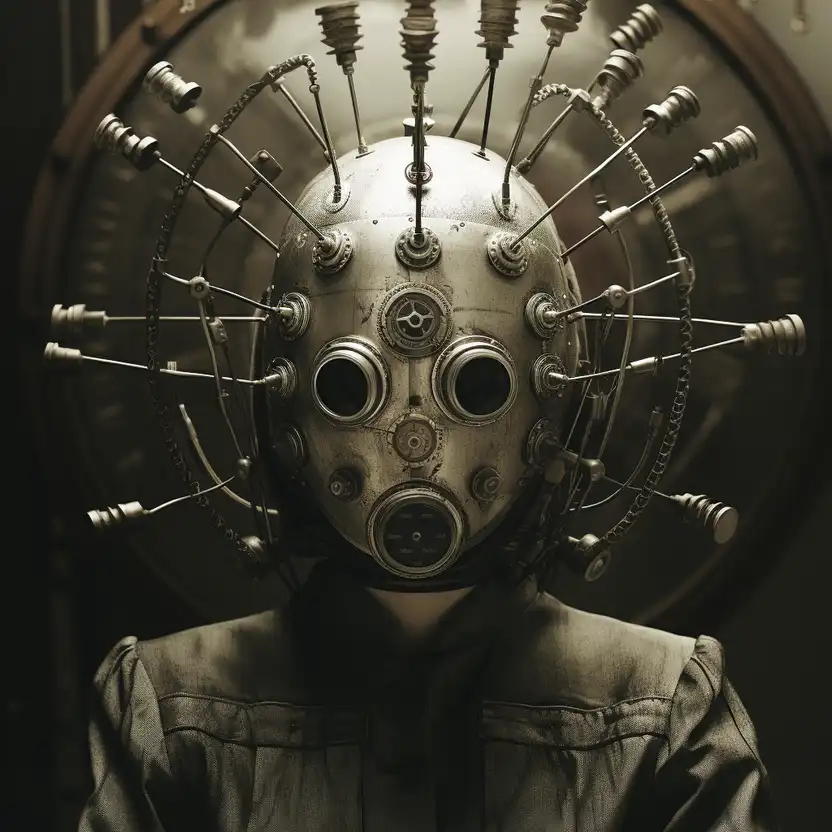What is Visual Communication?
Visual communication refers to the use of visual elements to convey ideas, information, or data. This mode of communication encompasses a wide range of media, including images, symbols, video, and digital designs. It plays a crucial role in enhancing the comprehensibility and retention of information by leveraging human cognition's innate ability to process visual inputs. Effective visual communication is pivotal in today's digital and information-driven world, where the ability to rapidly and effectively communicate complex messages is paramount. Furthermore, it is an essential component in marketing, advertising, design, and a myriad of other fields, where conveying a message clearly and impactfully can determine the success of a campaign or product.
Key Takeaways
- Visual communication uses imagery, colors, symbols, and typography to share information or ideas.
- It enhances audience engagement by making information more accessible and digestible.
- Effective visual communication can significantly impact marketing strategies and brand identity.
- The field includes a variety of media forms, such as infographics, presentations, videos, and social media posts.
- A strong understanding of visual communication can elevate the effectiveness of designers and marketers.
Components of Visual Communication
Key elements of visual communication include color theory, typography, imagery, layout, and design principles. Understanding how these components interact allows designers and marketers to create materials that are not only aesthetically pleasing but also effective in communicating their intended messages. For example, color choices can evoke certain emotions or highlight key information, while typography can influence readability and tone.
The Role of Visual Communication in Marketing and Design
In the realm of marketing and design, visual communication is indispensable. It helps to craft brand identities, create compelling advertisements, and build visually engaging user experiences. The ability to design visually appealing content that is also functional and informative is what separates successful brands from their competitors. Moreover, with the rise of social media platforms, visual storytelling has become a powerful tool to capture attention and foster connections with audiences on a global scale.
The Evolution of Visual Communication
The advent of digital technology has revolutionized the landscape of visual communication. From the simple print ads of the past, we have moved towards immersive virtual reality experiences and interactive web designs. The evolution of tools and software, such as Adobe Creative Suite and Canva, has democratized design, enabling individuals and small businesses to create high-quality visual content. Staying abreast of technological advancements and design trends is crucial for professionals in this field to maintain a competitive edge.
The Bottom Line
Visual communication is an essential skill for marketers and designers alike, playing a vital role in how information is presented and perceived. For businesses, harnessing the power of visual communication can mean the difference between standing out in a crowded marketplace or fading into obscurity. By understanding and utilizing this tool effectively, companies can enhance their branding efforts, improve user engagement, and ultimately drive success in their marketing and communication strategies. For individuals pursuing careers in marketing or design, mastering visual communication is a stepping stone to career advancement and differentiation in the job market.















